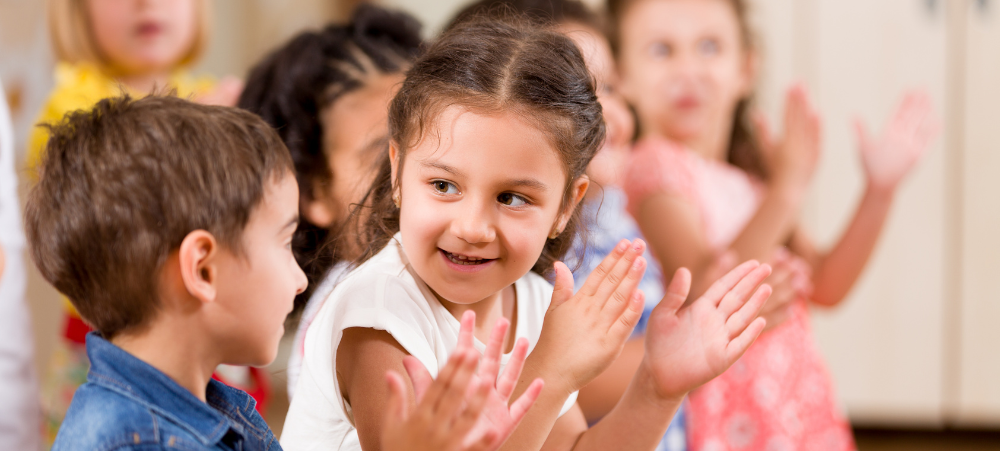Most good schools, whether public or private, incorporate art into their curricula – especially during the primary school years. This subject sometimes has the reputation for being the class where you can take a break from the ‘real work’, which is why its importance as a developmental tool for critical thinking isn’t well understood.
But parents and teachers can use art to the great advantage of the child, if they know how important its role is and how to practically go about art education and appreciation, an education expert says.
“Art incorporates all the important factors required in critical thinking – observation, reflection, interpretation and application,” says Desiree Hugo, Academic Head: Schools Division at ADvTECH, SA’s leading private education provider.
“Parents of younger children know this scenario well: your child arrives home with a piece of art, you praise them for their good work, stick the artwork on the fridge, and move on. However, by taking some more time discussing what went into the construction of the work, parents can gain invaluable insight into their child’s thinking, as well as develop their ability to communicate their thinking,” she says.
Hugo advises parents to ask their children specific questions about their artwork, for instance “what is that you drew there?”, “why did you decide to do this?”, “why did you choose these colours?”.
“When you hear their explanations as to their thoughts, it gives you a window into their world and elevates their work from just another pretty piece to a connection and discussion opportunity. It’s important that parents take the time and make the effort to do that,” Hugo says.
Teachers should also aim to guide students to create observational art if they want to develop critical thinking capacity.
“If you ask someone to draw a flower, they’ll typically draw that one we all do from memory, with the circle in the middle, the little arches around the circle, and a stem with perhaps a leaf or two. But if you put a flower in front of the child along with a magnifying glass and ask them to draw what they see, you are going to find they do a greater dive into deep observation,” says Hugo.
4 PRACTICAL WAYS TO USE ART TO DEVELOP CRITICAL THINKING SKILLS
1) OPEN-ENDED ART PROJECTS
Provide opportunities and materials for students to freely express themselves without tight guidance or direction on expected outcomes or deliverables. This helps them assess the tools at their disposal, use their imagination and problem-solving skills, and hone their craftsmanship.
2) ARTISTIC ANALYSIS
Expose students to a wide range of art and lead in-depth discussions about their observations. What do they think the artist was thinking, why do they think certain choices were made in creating the artwork, how does the art make them feel, what do they see in the art? This develops their visual processing skills, linking them up to their analytical skills.
3) COMBINE ART AND STORIES
Extend the art lesson by tasking students with developing stories based on their work. These stories can include characters and character development, plotlines, and inspiration for follow-up art.
4) COMBINE ART AND ACADEMICS
Maths problems have long been approached by drawing a simple sketch of the problem at hand. This can be extended to various other subjects, by asking students to create a visual representation of the matter before them, as well as their proposed solution. This helps them visualise the problem and helps with brainstorming all while exercising creative muscles.
“Imagine believing that children have the ability to express themselves in more than one way. Now times that by 100, if they are given the tools and encouragement to extend their potential range,” says Hugo.
She notes that Loris Malaguzzi, founder of the Reggio Emilia Approach, described the “infinite ways that children can express, explore, and connect their thoughts, feelings and imaginings” as follows: “These languages (the Hundred Languages of Children) are symbolic and are open to the endless potentials in children. They believe in the potential of a child’s ability to wonder. It is the belief that there are “multiple ways of seeing and multiple ways of being.”
“A high quality, holistic academic offering will consider this approach to all learning, to ensure students build critical thinking skills, while being offered opportunities to inquire and develop creative theories.”
We understand that there are many aspects that encompass a Mother, Father or Child and strive toward providing resources and services that accommodates this.
Our content is aimed to inform and educate families on issues starting from pregnancy through to the challenges of the teen-age years.
- Say Hello to the Ultimate Holiday Brunch Bite - December 17, 2025
- Tiny Toons Looniversity Returns: Meet the Voice Behind Plucky and Hamton! - December 12, 2025
- From Pain to Possibility: Panado®’s New Marketing Campaign, Highlights The Joy Of Pain Relief - December 10, 2025





